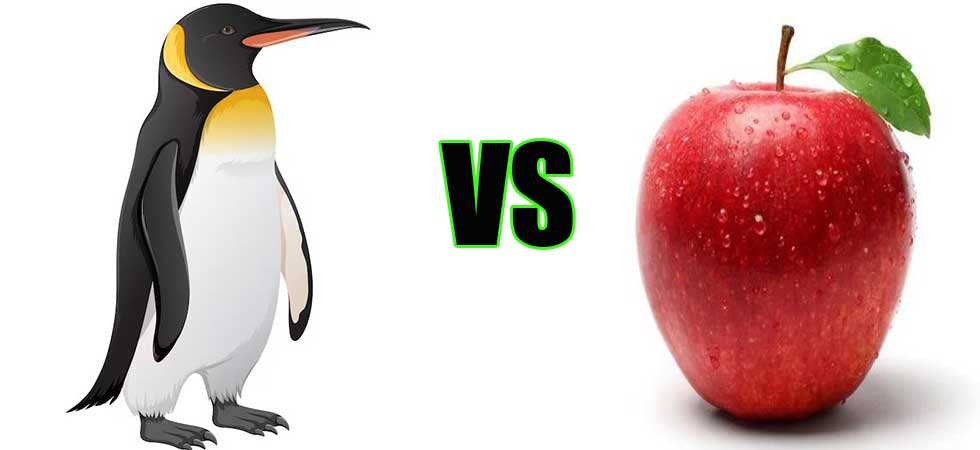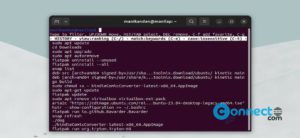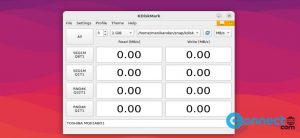Linux and macOS, two prominent operating systems, share commonalities but also exhibit significant differences, shaping their respective user experiences and appeal.

Similarities and Differences Between MacOS and Linux
Origins and Structure:
Linux originated as a free and open-source alternative to Unix, comprising a kernel and various components forming many distributions. In contrast, macOS is a proprietary system developed by Apple. While both provide access to Unix commands and support Bash/Zsh shells, they are distinct entities with their own ecosystems.
Licensing:
The open-source nature of Linux offers transparency, enabling users to inspect and modify its source code. Conversely, macOS operates under a proprietary license, limiting access to its inner workings. This fundamental difference influences user trust and development freedom.
Kernel Architecture:
Linux employs a monolithic kernel responsible for managing system resources and executing essential functions. On the other hand, macOS utilizes a hybrid kernel, blending components from Mach and FreeBSD, facilitating good performance and driver support.
Usage:
Linux demonstrates adaptability, running on a wide array of devices, from desktops to single-board computers, with minimal hardware requirements. In contrast, macOS is primarily for desktop and laptop usage, often requiring proprietary Apple hardware for optimal performance.
Cost Consideration:
One of Linux’s notable advantages lies in its accessibility and cost-effectiveness, as it can operate efficiently on older or low-configured systems without financial strain. Conversely, macOS necessitates investment in Apple hardware, potentially limiting accessibility and affordability.
User Experience:
macOS distinguishes itself with a polished user interface, featuring sleek animations and high-resolution graphics, ensuring visually pleasing experience across devices. Linux offers a comparable user interface but varies in consistency based on the chosen distribution and desktop environment, requiring some degree of customization for optimal usability.
Customization:
Linux stands out for its unparalleled customizability, allowing users to every aspect of the system to their preferences. From desktop environments to system configurations, Linux offers extensive flexibility for those seeking complete control over their computing environment. In contrast, macOS, while user-friendly, limits customization options, more to users who prioritize stability and uniformity over extensive personalization.
In summary, while Linux and macOS share common Unix roots and offer good computing experiences, their differing philosophies, licensing models, and user interfaces make them distinct choices to varied user preferences and requirements.






